© ROOT-NATION.com - Use of content is permitted with a backlink.
Microsoft is betting on the powerful Copilot tool developed from artificial intelligence. Is this the future, or a false path again?
Are we in for a revolution in the world of technology? That’s the question I asked myself after watching the results of the Microsoft Ignite conference. Although I don’t have the answer yet.
For a long time, Microsoft has been losing to the iPhone in the battle for the consumer. The smartphone revolution caused Windows to lose its dominance and forced Microsoft on the defensive. Meanwhile, Microsoft’s current Ignite conference is a show of force. And a strength that seems to be beyond the reach of competitors today. The consequences of this sudden surge of Microsoft activity will be felt by all of us.
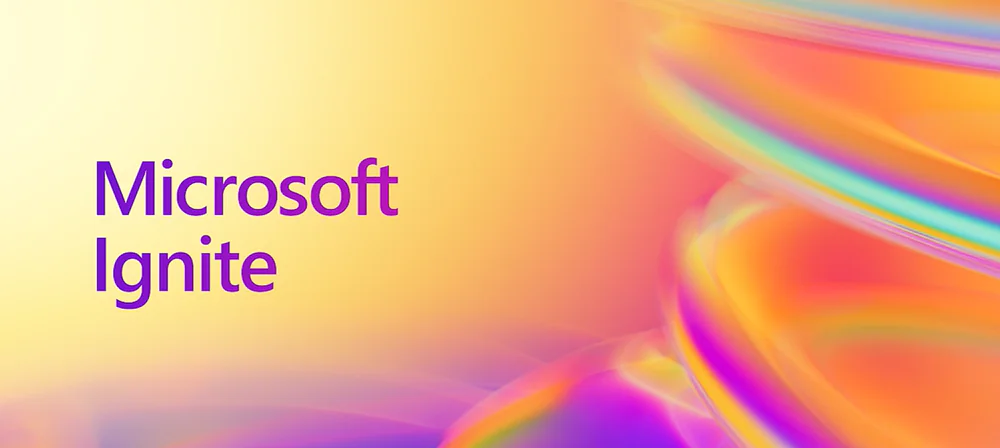
People who started out in computer science at the end of the last century probably still envision Microsoft as the dominant company in the IT industry. In some ways, this is actually quite an appropriate association. Microsoft is one of the largest companies in the world not only in the IT category. It operates the second largest computing cloud in the world, offers leading IT solutions for medium and large enterprises, offers the unprecedented Microsoft 365 (formerly known as Office), which is the de facto office standard – and has many other successes. Still, Microsoft is somewhat behind Apple in the consumer market.
Before Apple came to market with its iPhone, the typical electronic device of the average user was his home computer. It was where he worked, sent emails, chatted on Gadu-Gadu, played games, or browsed the Internet. Almost every computer ran under the control of an operating system. And it was, and still is, Microsoft’s Windows that was and still is almost everything in computing. It wasn’t always a warm fellowship, but still.
Today, Microsoft’s relevance to individual users has varying levels. Almost every PC gamer uses Windows and DirectX technologies, but that’s just a bridge to competing services like Steam. Consumers still buy Microsoft 365, but these services no longer have the same uniqueness. Actually, the only brand that continues to enjoy objective success among a certain category of users is Xbox. But it also does not dominate the market, but is a competitor to Nintendo, PlayStation and Steam.
Microsoft wants to make a comeback – and finally knows how to do it
From a small development company, through absolute market dominance, to boring infrastructure. This is how Microsoft’s path in the world of technology can be summarized.
Microsoft’s first products were developer tools for other computers. Over time, the company also began creating applications, becoming the first software company in history to make selling software products a profitable business. However, it built its dominance on something else entirely. It is about cooperation with IBM – tiny Microsoft managed to “cheat” the powerful corporation quite legally, without violating either the contract or the law.
There is a big article being written in parallel about this story, but this story is much more concise: the IBM PC is IBM’s first computer for personal use. To save time and money, IBM decided to build it from components that were available from contractors at the time, and the operating system (MS-DOS) was to be written by Microsoft. Bill Gates easily negotiated with IBM the right to commercialize the MS-DOS technology and offer it to other customers. IBM did not test because it was convinced that there would be no IBM PC counterpart on the market. This was to be guaranteed by a hardware chip on the motherboard called BIOS.

However, the BIOS was eventually legally tampered with, leading to an avalanche of popularity of so-called IBM PC clones. Faster and cheaper than the original, compatibility with which was guaranteed by MS-DOS, an operating system that Microsoft could sell to non-IBM manufacturers.
The IBM PC became the standard for personal computers (of the major companies, only Apple does not adhere to it today, although it also offered computers in this standard during the time of cooperation with Intel). And they all ran MS-DOS. IBM didn’t end up making much money from this – unlike Microsoft, which, as a result of a smart business strategy and a few other events (which we’ll talk about in the announced article) grew into a monopolist and a leader among Big Tech.
Windows and Office were untouchable for decades, although some companies tried to make it so. But in the end, Apple managed to beat Microsoft. Not because of still better PCs, but because of a device that made the PC unnecessary. Today, the iPhone and its followers are a basic tool for browsing, instant messaging, photography, gaming, multimedia, email, or even some form of professional tasks. The PC is now a machine mainly for work and computer games.
However, Microsoft has found a new way forward. The iPhone diminished the role of the PC, but it certainly didn’t eliminate it from the market. Microsoft, unable to successfully return to the consumer PC market, decided to invest more in the business market. This paid off: today, Microsoft Azure is the second largest cloud computing platform in the world. It is the foundation for thousands of companies, including some of the largest. It is Azure and Microsoft 365 that are Microsoft’s main strength.
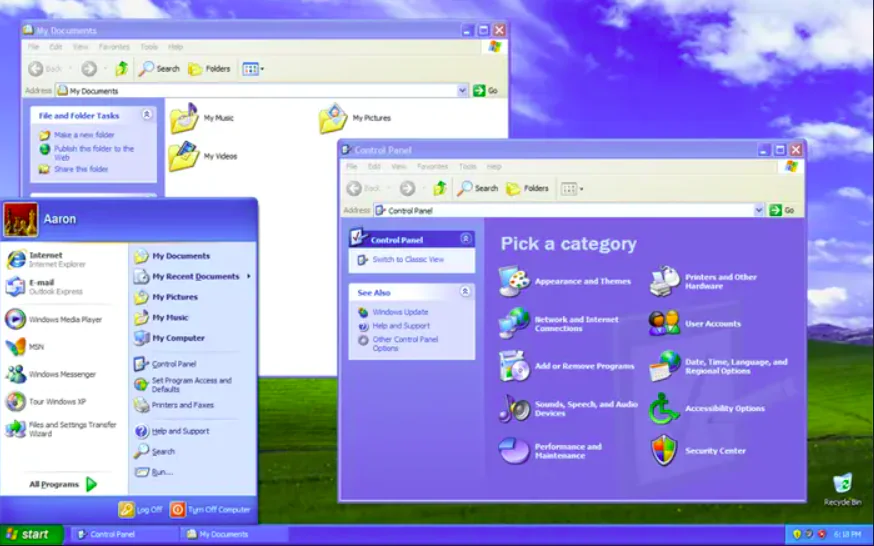
The first gateway to instant messaging, social networking and news portals in the 2000s. IBM PC clone with Windows XP
As a result, Microsoft is regaining the attention of its most lucrative customers, i.e., enterprise customers. However, the company has lost a whole generation of young people who grew up with iOS, Android, Google Docs and Apple Safari instead of Windows and Office. Now most work tasks can be done without a Windows PC or Office.
The problem is that, despite many attempts, Microsoft has not yet been very successful in making a real comeback in the consumer market. That is, one in which customers don’t need to use Windows or DirectX to run their favorite program – and they WANT to use Microsoft’s online services precisely because they like them. There are two fairly obvious examples of commercially unfavorable brand image among consumers.
Skype and Bing AI. These should have been impressive successes, but….
The COVID-19 pandemic and the sanitary restrictions associated with it is a tragedy that has left many people around the world disconnected from their loved ones, family or colleagues. It is thanks to social restrictions, among other things, that the young Microsoft Teams service, which today has a position on the level of PowerPoint or Excel, has enjoyed impressive success.
The same story should have happened with Skype, which also offers a unique feature in the instant messaging market, namely the ability to make voice calls to mobile and landline phone users. Meanwhile, the world preferred to choose the previously unknown Zoom as the standard rather than the well-adapted multi-platform and mature Skype.
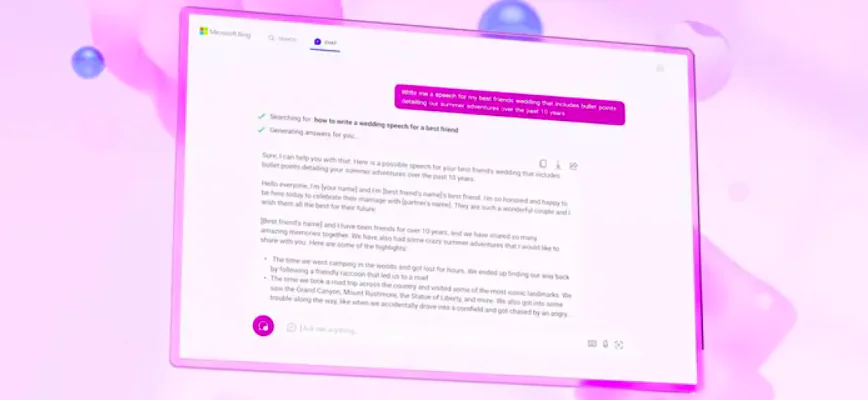
Another example: the Bing search engine. For several months now, it has been equipped with a sensational artificial intelligence system that greatly simplifies searches. This system is based on GPT-4, which is also used by ChatGPT, which is popular among tens of millions of Internet users.
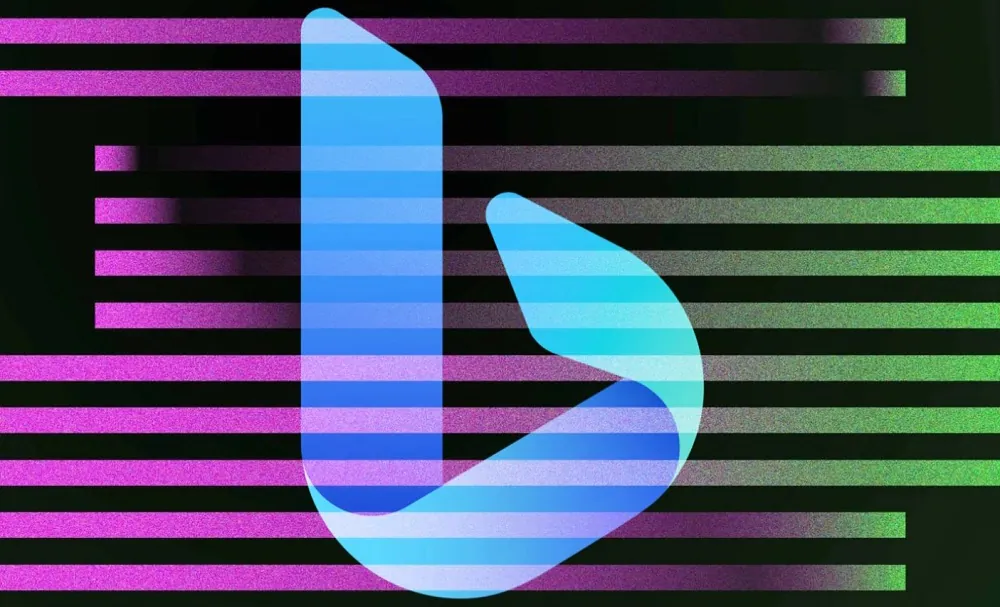
Bing AI has and continues to offer more features than ChatGPT – for free. Meanwhile, ChatGPT continues to be a huge success, and Bing has, over the past 12 months… has decreased its market share. Unsurprisingly, Microsoft decided to rebrand its AI, and now calls it Copilot. Bing has proven to be downright toxic from an image standpoint.
Read also: Human Brain Project: Attempt to imitate the human brain
Bing is bad, artificial intelligence is good?
The latter is doing very well in general. So good that it is the best and almost the only one today. In fact, no one has such a powerful AI algorithm right now.
It’s not that Microsoft Copilot doesn’t have competitors. The impressive success of ChatGPT has prompted industry giants to develop their own large language models and other types of generative AI. The work of Meta and Google seems particularly interesting. However, the competitors have only just begun the race. While Microsoft is multiplying its offerings of products and services based on generative AI. The market is trying, clumsily so far, to imitate ChatGPT, while Microsoft is already creating completely new applications based on this technology. And even more: it is opening it partially so that others can use it as well.
This goes far beyond chatbots, and they are already slowly but surely conquering other areas – especially those based on analyzing data and generating various forms of reports based on it. Generative AI is also increasingly appearing in purely consumer products, even in some video games where GPT generates additional content.
GPT is formally a technology not of Microsoft, but of OpenAI. However, it so happened that Microsoft bought exactly that many shares of OpenAI to avoid accusations of monopoly game and hostile takeover. OpenAI is technically a separate company, and its ChatGPT is a kind of competitor to Microsoft Copilot (formerly Bing AI). Except that ChatGPT is hosted in the Azure cloud, meaning GPT was funded by Microsoft, which as a result had early access to it. In addition, Microsoft products and programs combine GPT’s technology with other, this time fully proprietary AI solutions from the company, such as Prometheus or Microsoft Graph.
It is now possible to try out the new product and experience all the features of Copilot. However, like the rest of the world, Copilot is still available to individual users in an abbreviated beta version. Nevertheless, it is absolutely groundbreaking and very useful technology. And it is steadily approaching users already as an off-the-shelf service. And that’s just the beginning.
Copilot for Service, running in Microsoft Ignite, is a GPT assistant that is designed to help support staff solve customer service problems in real time.

Planning to create a YouTube course on how to do something useful and want to reach a wider audience? A good way to do that is to use Microsoft Personal Voice, which will translate spoken words into almost every language in the world – in your tone of voice, with your vocal mannerisms. And there will be more and more applications of this kind. Microsoft no longer views its stance on AI as an experiment that select partners can play with, testing it in a variety of ways. Generative artificial intelligence is creeping into all of Microsoft’s programs, from powerful business intelligence tools to tiny tools like the iPhone’s alternative on-screen keyboard, which uses Microsoft’s AI to automatically reply to messages or quickly create custom stickers or images.

Microsoft will, of course, license this technology and may even make it easier for other developers to access it. Today, for example, the Windows AI Studio extension for Microsoft’s famously free and very popular Visual Studio Code was unveiled. The extension will provide access to tools and models from Azure AI Studio and Hugging Face, as well as offer a number of other enhancements to help a developer create a program faster using GPT or other Microsoft artificial intelligence.
Read also: How to protect a folder with a password in Windows 11
Does this sound like an iPhone phenomenon?
Apple cleverly beat Microsoft back in the day. But many, many years after the launch of the iPhone, Macs still don’t sell as well as IBM PC clones with Microsoft Windows, and their market share is close to insignificant. Apple still hasn’t beaten Microsoft here, and that’s unlikely to change anytime soon. However, the outcome of this battle is not so important – after all, the modern cell phone, aka smartphone, is more important anyway. Apple has only beaten the PC.
Now, thanks to GPT, Microsoft can bypass the iPhone. The analogies are many. The iPhone had competitors, just as the GPT does today – except that the latter seems very backward compared to the leader. The iPhone wasn’t meant to beat the PC, but to replace it. Same here: from Microsoft’s point of view, Apple could sell as many of its phones as possible, because that’s even more customers who will install GPT apps from the App Store.
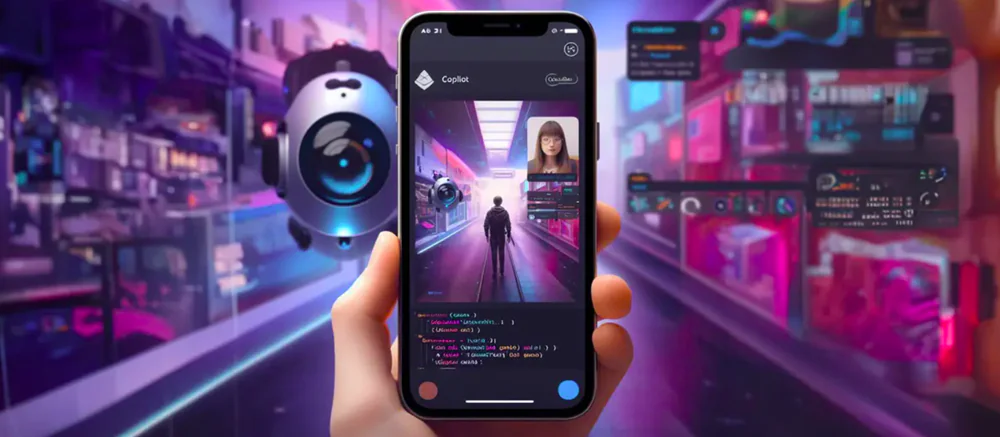
Of course, Microsoft’s advantage here won’t last forever. The iPhone is facing very strong competition from China and Korea, and in the opinion of many, the leading innovator in the smartphone market today is not Apple, but Samsung. So we can expect Google or Meta to eventually create an offering that is as cost effective and comprehensive, appealing to businesses and end users as Microsoft. GPT will no longer be the default choice. For now, however, it is.
The Microsoft Ignite conference was a show of strength. The focus here was on tools for business customers. However, those same tools will reach individual consumers in a very short time. Not in six months. Not as technical demonstrations. These are finished products, with an estimated release date in the near future. We will review them very carefully and test them in detail. But it is expected that GPT and Microsoft’s artificial intelligence mechanisms will be used by many leading applications, including those from other companies.
GPT is not a replacement for the iPhone or PC. Nor is it a direct competitor to Google Search, at least not in an obvious way. It’s much more than that, it’s empowering, changing the way we work and the way we interact with our computer or phone. The interface is also already battle-tested: look at the continued success of ChatGPT, and the early rave reviews from Microsoft’s business customers, which Microsoft was happy to quote on Ignite.
In fact, there is only one unknown: the business model. In the case of the IBM PC or iPhone, everything is quite obvious: the profit comes not only from the product itself, but also from the accompanying accessories and software. Google’s search engine makes money from advertising. Microsoft has already told us how we can earn, learn and have fun with Copilot. But how will Microsoft itself make money in the consumer market? But that’s a problem that may predominantly worry the company’s shareholders.
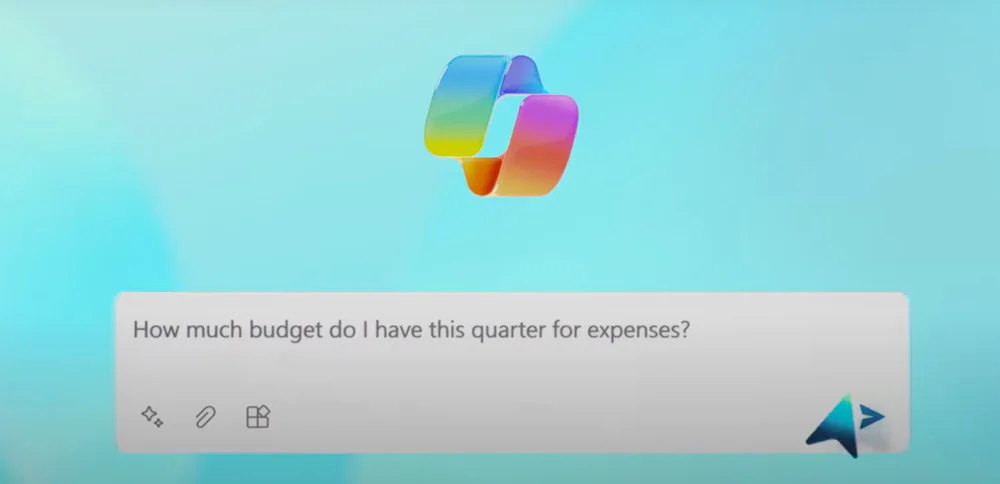
Microsoft with Copilot can only wish its competitors rapid development. Some of you may remember a time when Windows and Internet Explorer were almost synonymous with the PC, due to the dominance of these products and the lack of real competitors. Those readers probably have a few comments on Microsoft related to the quality of the PC experience at that time. Not very comforting ones.
I’m starting to believe more and more that Copilot is the “next iPhone”. Are we on the verge of a revolution in the world of technology? Time will tell. And we’ll be sure to report on Microsoft’s progress with Copilot.
Read also:
- The war for satellite internet: Europe challenges Starlink
- Motorola Razr 40 Ultra Review: Trend-setting Foldable Smartphone
- What are neural networks and how do they work?

